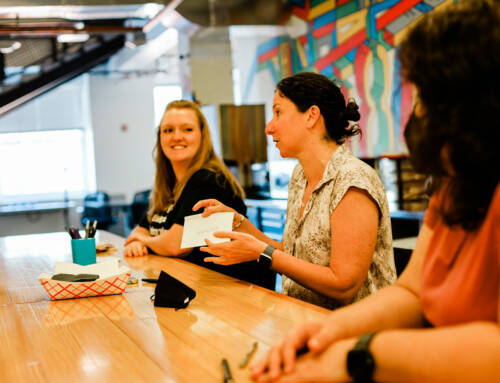Excerpt from “Leading Change through Adaptive Design,” published in the Stanford Social Innovation Review (Winter 2016)
Read the original article on SSIR.
by Maya Bernstein and Marty Linsky
Combining two established practices—and combining the practices of design thinking and adaptive leadership, in particular—entails notable challenges for practitioners:
First, operating within the framework of adaptive design involves real work. It requires practitioners to learn two complex areas of practice instead of just one, and it entails moving between one approach and the other.
Second, adaptive leadership and design thinking tend to appeal to different types of people. Adaptive leadership resonates with those who like to think about the psychological and political elements of change—those who prefer to focus on the human dynamics of a change project rather than on its content. Design thinking resonates with those who like to think about the work at hand and who want to get things done quickly. Adaptive design inevitably tests the flexibility of people in both camps. It pushes them, at various times, to the edge of their comfort zones.
Third, and perhaps most important, practitioners can use these practices together effectively only when they concede that neither design thinking nor adaptive leadership alone is sufficient to solve complex social and organizational problems…
Our purpose is to enable entrepreneurs to bring bold Jewish ideas to light. We help them reach Up to people in new ways that are meaningful, more inclusive, and create a brighter future for our Jewish community and the world we share.





